First of 10,000 unseen images made available to public
Historic England has released the first 3,000 images of a huge collection handed to it by John Laing depicting how the firm helped build modern Britain.
The company gave its entire collection of 230,000 images to the government’s heritage adviser in 2012.
But it is only now the first images are being released under an initiative called Breaking New Ground begun by Historic England and the John Laing Charitable Trust last year.
In all, 10,000 images will be made available to the public with the remaining 7,000 pictures due to be released this September.
Schemes shown include the M1, the rebuilding of the war-damaged Coventry Cathedral, the Barbican Centre, Preston Bus Station, the London Central Mosque and the Second Severn Crossing.
Other later jobs the firm worked on included the Sizewell B nuclear power station, completed in 1995, architect James Stirling’s grade II*-listed No 1 Poultry in the City of London, finished in 1998, the first large-scale PFI hospital, the Norfolk and Norwich, started that same year, and the Cardiff Millennium Stadium – finished a year later but one of a number of jobs that forced the then 150-year-old firm’s then chairman Sir Martin Laing to sanction the sale of its construction arm.
The name that eclipsed all others
For many, John Laing was the one firm that transcended construction, writes Dave Rogers.
Its roll-call of contracts and revolving door of industry figureheads are testament to that. That’s why, for those with long enough memories, its decision, two decades ago this November, to pull out of contracting was such a huge shock.
Who ended up buying it was arguably just as much of a surprise. No one expected the firm to be bought by one of its subcontractors.
At the time of the decision to sell up, the firm’s executives had been hoping for £100m and the new owners to be perhaps from abroad. Hochtief and Bouygues were mentioned. What it got was £1 and a load of bad jobs new owner Ray O’Rourke said he didn’t want.
And not surprising, too. A couple of those, the Cardiff Millennium Stadium and the then little-known National Physical Laboratory in west London, saw it bleed money. There were others too.
But, despite those desperate last days, O’Rourke recognised the value of the Laing name and rebranded the new business Laing O’Rourke.
What these pictures do, though, is take readers back to a time a world away from how the firm ended up. In the effort to rebuild a country wrecked by years of war, John Laing entered its pomp. People in the industry who worked for Laing still talk glowingly about their time there: its training, its professionalism, its paternal culture.
Others might lay claim to being construction’s most famous name of all – McAlpine, Tarmac, maybe Wimpey – but for many Laing is the name that stands above all others. These images show why.
The division was put on the block in November 2000 and was bought the following year for £1 by one of its subcontractors, the £200m turnover concrete firm O’Rourke.
Former Laing employees include Sir John Armitt, a past chairman of the Olympic Delivery Authority, Sizewell B project director Norman Haste and former Costain chief executive and current Balfour Beatty non-executive Stuart Doughty. Oliver Whitehead, a former chief executive of Alfred McAlpine, also spent time there.
The heritage group wants to hear from former employees who would be able to help with an initiative which will see ex-staff visit schools in towns and cities where the firm’s most famous schemes were built to talk about their time at Laing.
A spokesperson said it was holding events in Coventry, London and Carlisle, the firm’s historic base, in the coming months.
For more details email breakingnewground@HistoricEngland.org.uk or phone 01793 445050.
All images Historic England Archive/John Laing Photographic Collection




















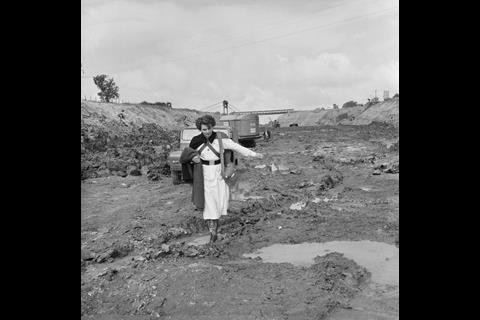
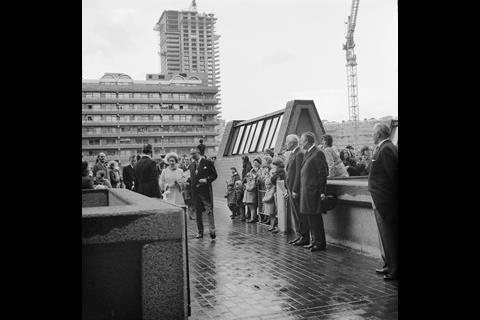

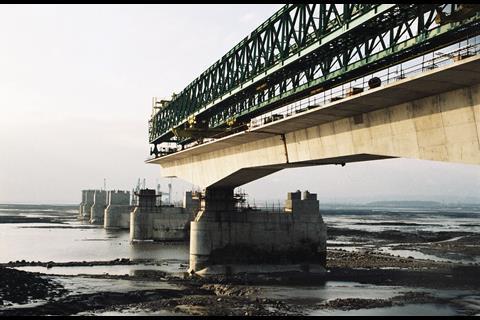
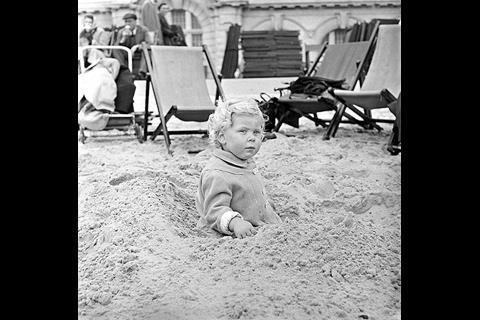
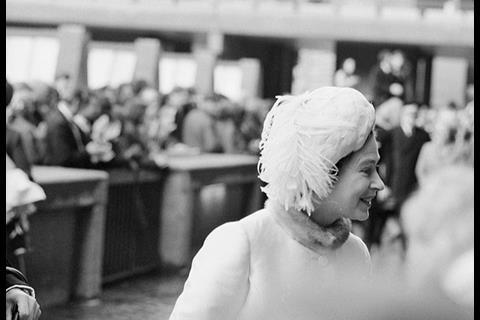
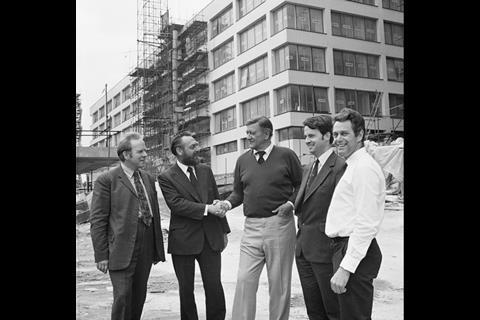
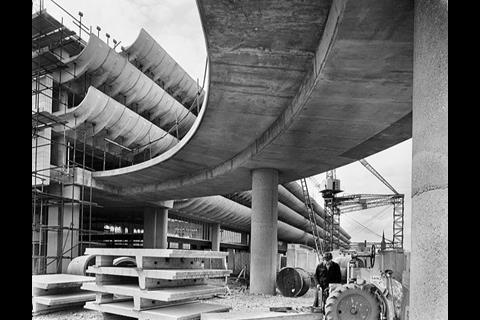






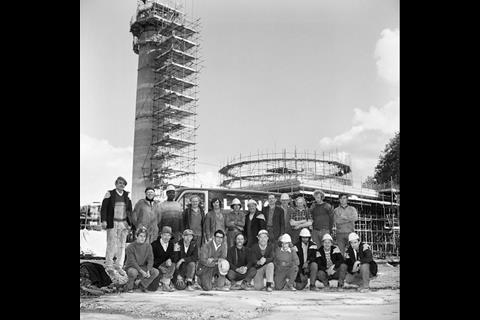

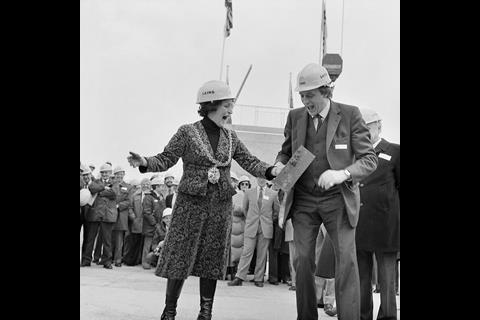


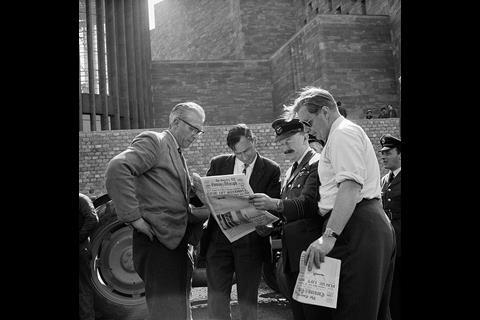







No comments yet